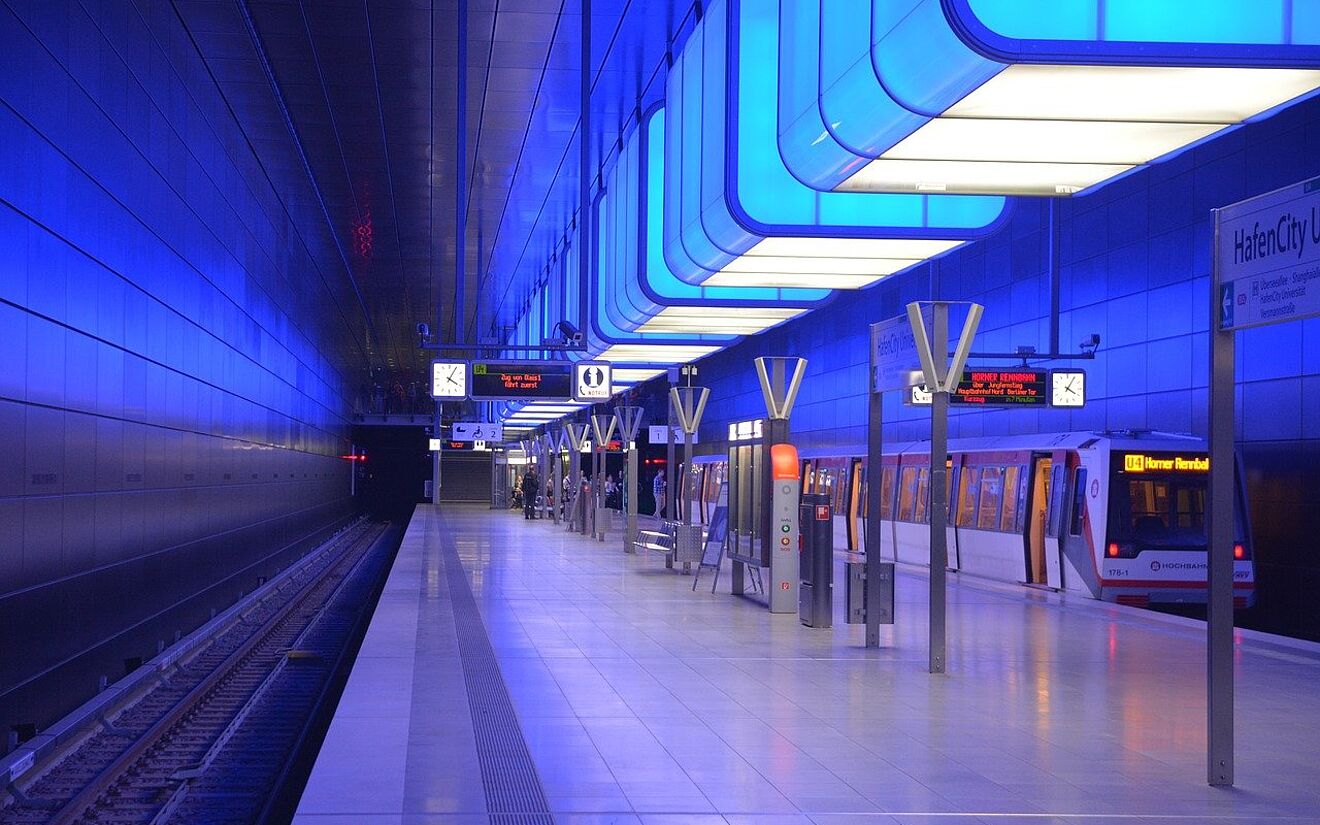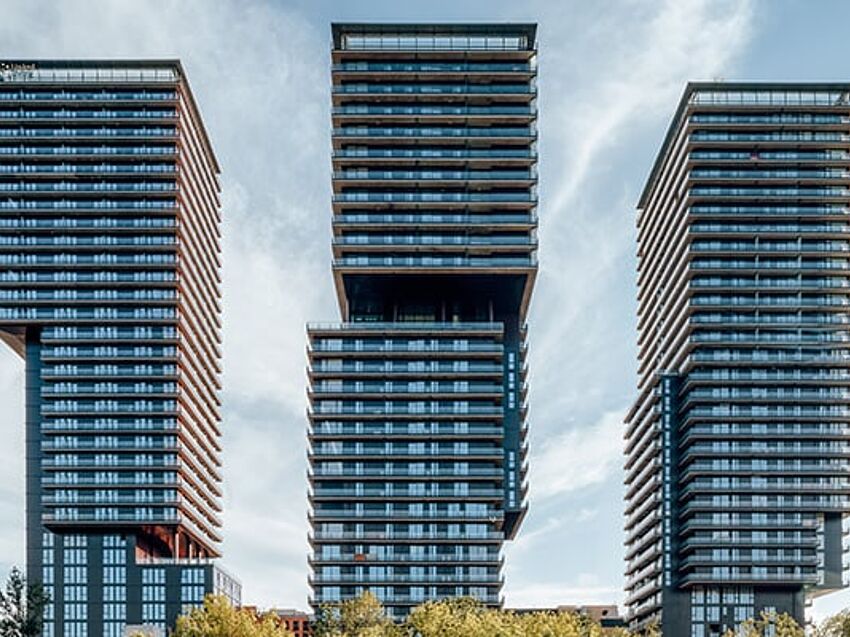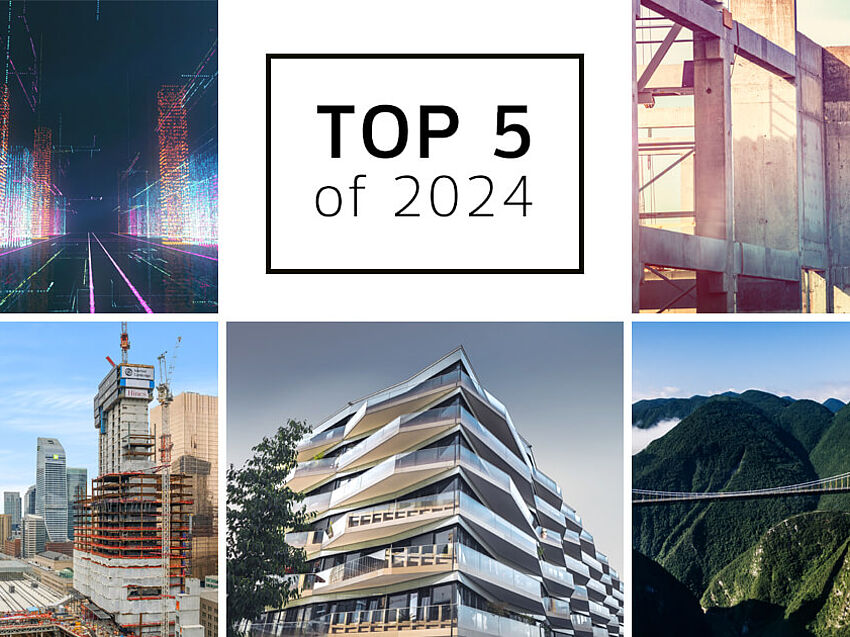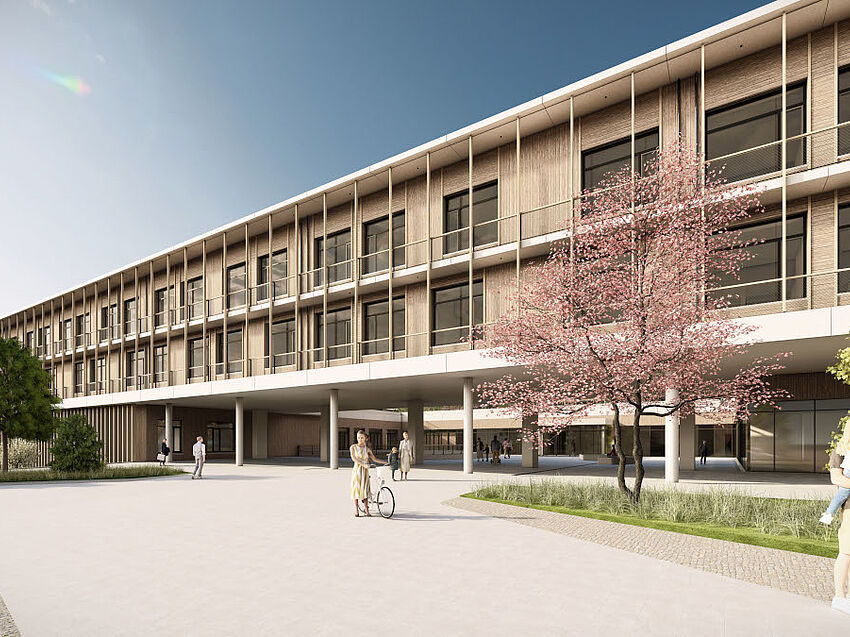The first subway went into London - namely already in 1863. Today, almost every major city in the world has a subway system. The subterranean means of transport is called a subway, metro, muni, subte or T-Bana and provides transport routes at depth to relieve the urban traffic chaos on the surface. Engineering often faces tremendous requirements. The train station architecture of international metro stations is just as exciting as the technology. Whether socialist classicism, modern art or a futuristic combination of sightseeing and transportation: The pearls among the subway stations of the world turn underground transportation into an experience.
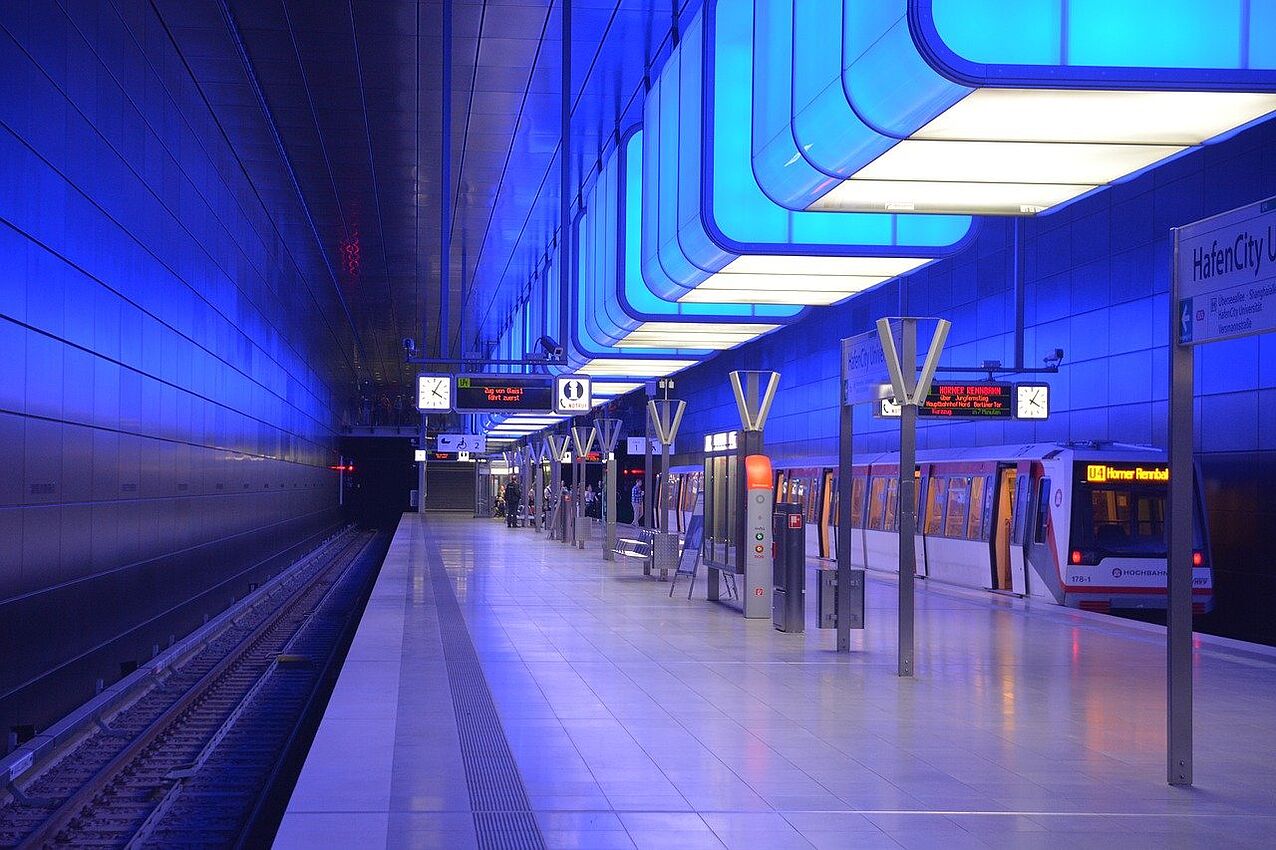
Stalin Baroque Underground
Moscow has many impressive metro stops. The most magnificent is the Komsomolskaja station. It is more reminiscent of a palace than a subway station. 37 meters below ground, travelers do not rush across the 190 meter long and 10 meter wide central train platform. They walk. Above them spans an up to nine-meter tall vault, born by 68 marble pillars. Powerful chandeliers and artistic stucco work adorn the ceiling. National Russian heroes look down on passers-by from elaborate mosaics. The train platform hall was built in the design of the architect Alexei Schtschussew. Operation began in 1935. This makes it one of the oldest stops of the Moscow metro network.


Ornate Underworld in Lisbon
Events like world fairs often leave behind architecturally impressive structures. In Lisbon, an ornate subway station is part of the expo heritage. The Olaias station opened in 1998 three days before the event opened its gate. The architect and artist Tomás Taveira is responsible for the construction and design. Geographic and structural conditions permitted a particularly deep and large-scale construction. There is space for rows of massive supports on both train platforms. The height of the hall is unique in the Lisbon metro network. But it is more than just the dimensions of the stop that impress. It is also considered an artistic masterpiece: Mirror-smooth floor tiles that reflect the ceiling spotlights. Huge iron pillars below a colorful sky made of "Azulejos," the colorfully colored tiles that are typical in Portugal. These shine so intensively that their shape and color almost make you lightheaded and the train station stop turns into a psychedelic journey.
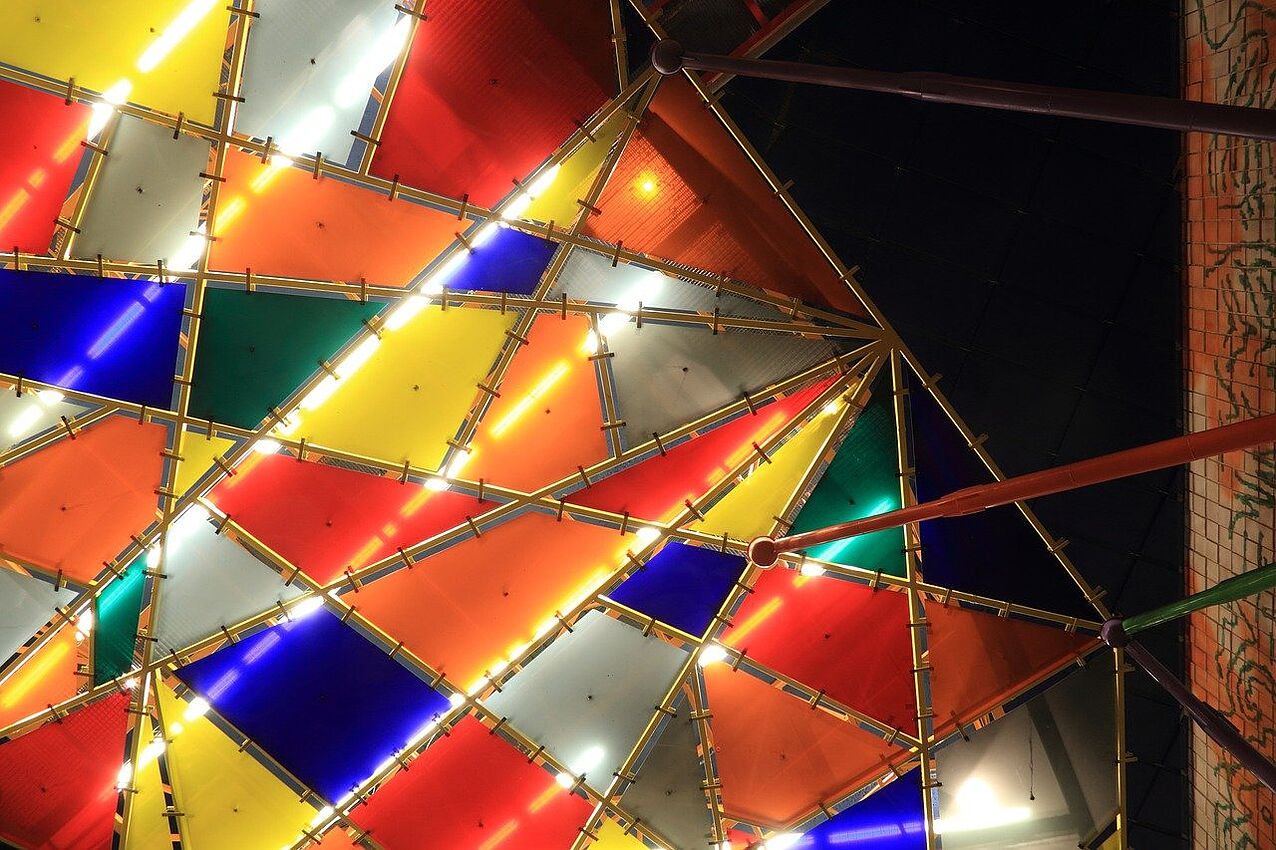
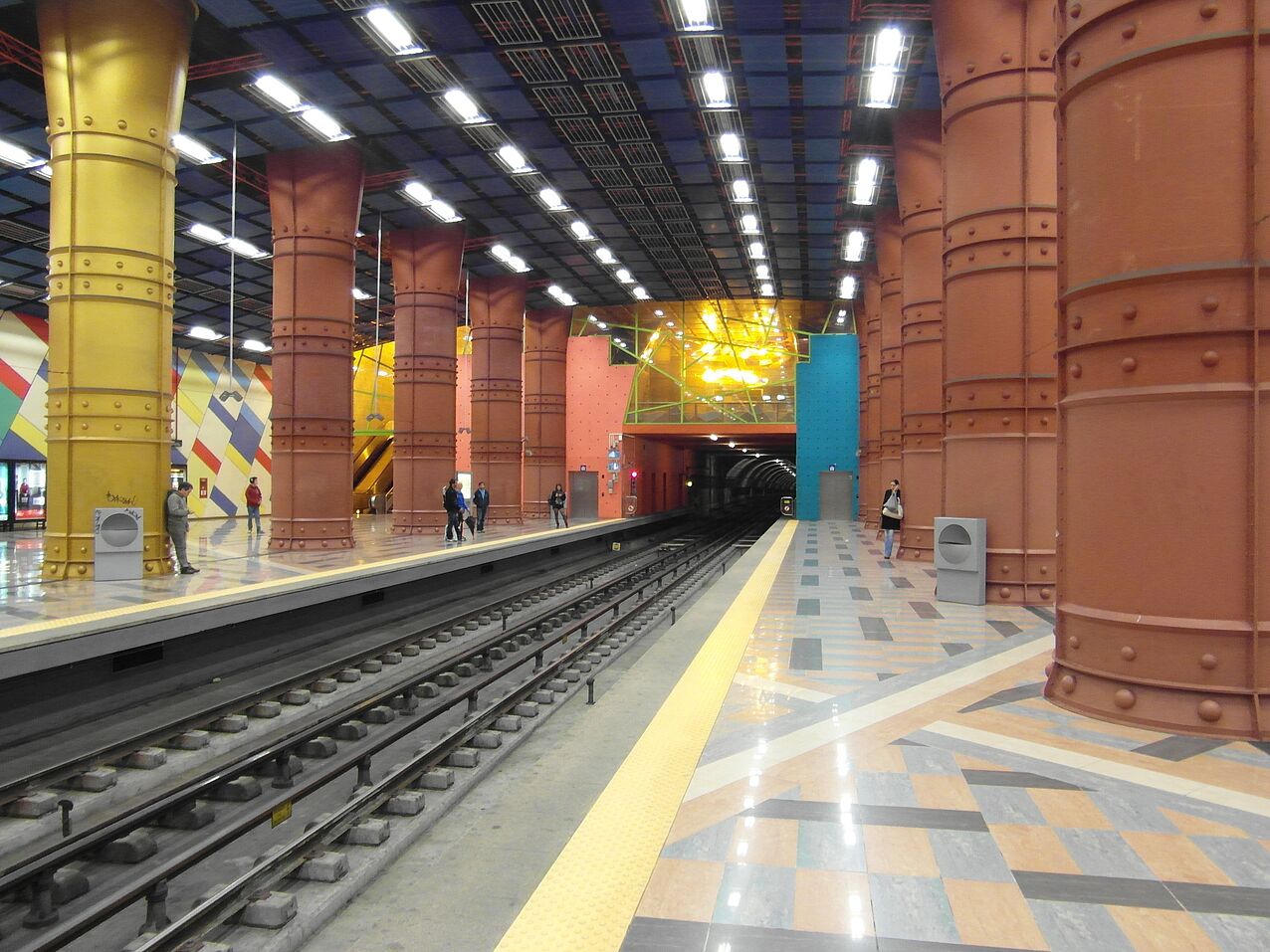
Event Commuting in Shanghai
In Shanghai, one subway line has even made it into the top 5 tourist attractions. However, this is owed more to transportation than to the train station architecture itself. It lasts three to five minutes and leads through a tube illuminated with thousands of colored LEDs. Sound effects via a six-channel sound system and a 360-degree view of the completely transparent rail car make transport into an intensive experience. The Bund Sightseeing Tunnel runs 647 meters below the Huangpu River and connects the western waterfront promenade to the Pudong special economic zone on the other side.

Like airports, subway stations are often prestigious structures: They emotionalize everyday life and make travel an event. Architecture plays an important role here, no matter whether the transport experience occurs underground or in the air.
